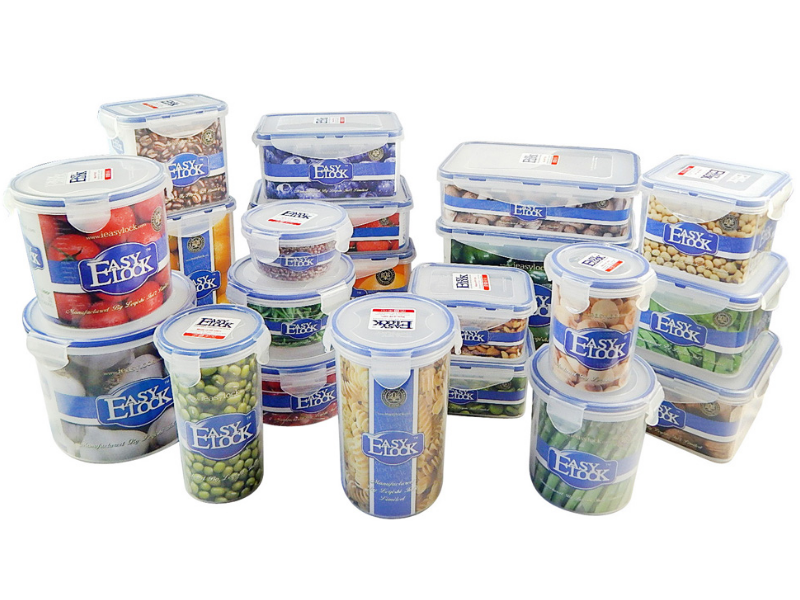Polypropylene, which is also known as PP plastic, is easily formed by polymerizing propylene with aluminum alkyl and titanium tetrachloride and other catalysts.
History Overview and Market Share Forecast of Polypropylene
It’s first polymerized in 1951 by Paul Hogan, Robert Banks and later by Italian and German scientists Natta and Rehn. By 1957, the popularity of Polypropylene had exploded and widely spread across Europe and now it becomes the most commonly produced plastics in the world. According to the related reports, the global demand of Polypropylene generates an annual market of about 45 million tons and it’s likely to rise to 62 million tons by 2020 approximately.

Characteristics of Polypropylene
1.Chemical Resistance: Polypropylene will not react with diluted bases and acids easily so it’s perfect for storing liquids as a cleaning agents container or first-aid container.
2.Elasticity and Toughness:
PP plastic have a good elasticity and won’t break easily when experiencing deformation. It’s considered a tough material and have less possibility of breakage.
3.Fatigue Resistance:
Though suffer from torsion, bending and flexing, Polypropylene can retains its shape.
4.Transmissivity:
PP plastic has a good transmissivity that it is used for applications where light transfer is important or where it’s of aesthetic value. Even though Polypropylene can be transparent, they are always produced opaque in color.
5.Heat Resistance:
Polypropylene is known as a thermoplastic material because of the way it responses to heat. Like other thermoplastic materials, Polypropylene has a high melting point, roughly 130 degree Celsius. Take Easylockware plastic food containers for instance, it’s heat-resistant and safe in temperatures ranging between -20℃ and 120℃. This enables us to use these PP plastic food containers in freezer and microwave.
Advantages and Disadvantages of PP Plastic
|
Advantages |
Disadvantages |
|
Fatigue resistance |
High thermal expansion |
|
Chemical resistance |
PP Plastic Turn yellow when exposure to too much ultraviolet |
|
Good impact strength |
Vulnerable to chlorinated solvents and aromatics |
|
Moisture resistance |
Poor bonding properties makes it difficult to be painted |
|
Slippery surface |
Flammable |
|
Good electrical insulator |
Susceptible to oxidation |
Uses of Polypropylene
Polypropylene is widely used in different industries:
-Automotive Applications
-Household Goods
-Kitchen Food Storage Containers
- Appliances
-Plastic Films
-Packaging
-Industrial Applications
Despite its shortcomings,Polypropylene is a great material and safe for food contact. It’s an ideal options to store your leftovers and fruits in PP plastic food storage containers.
Friendly Links : Plastic Blister Packaging Custom Mail Bags rubber finger rings Printing & Packaging Factory Forming Films Paper Canister Packaging Tube Glass Cosmetic Jars chiefcolor Magnetic gift box design